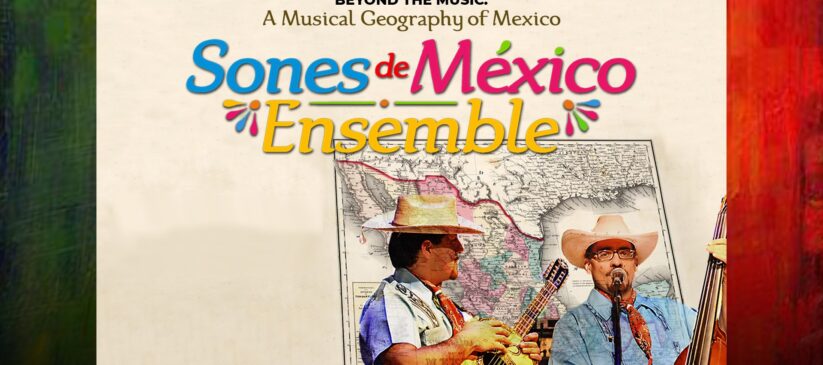

The Spanish heritage is pervasive everywhere in Mexico. As the Purépechas symbolically plowed the earth, the Catholic priest gave his blessing in the name of Jesus! Suddenly, I noticed some curious activity taking place in front of the church: a ritual planting of maize, the principal grain of pre-Hispanic Central America, was in full swing. Headed by brass bands, worshipers wound their way around the church plaza. Inside the church, Christian hymns were intoned, church bells tolled, outside fireworks and rockets burst in the air. In 1965, on Pacanda Island in Lake Patzcuaro, we witnessed a strange mixture of paganism and Christianity. Though long in disuse among more modern tribes, like the Purépechas, these rituals sometimes reappear like ghosts from the past.

In remote and isolated areas, many Indian tribes, although nominally Christians, still preserve pre-Hispanic curing ceremonies, animal sacrifices, worship nature gods, and perform ancient songs and dances to the beat of equally ancient drums. According to Spanish chroniclers, when the conquerors early in the 16th century entered Tzintzuntzan, the Purépecha capital, they were treated to an evening’s entertainment of songs and dances, “sad enough to have risen from hell.” It was hardly a time for rejoicing, for the death knell of Mexican civilization was already sounding.Īlthough Mexico’s ancient societies and their way of life collapsed, traditional religious beliefs and performing arts did not disappear completely. Smaller and less belligerent than the Aztecs and Mayas to the South, it nevertheless was an important Mexican civilization. Long before the Spanish Conquest, the Purépecha Empire had flourished in this area. However, my interest in Indian life and music has never flagged. In the intervening years I recorded music of 14 Indian tribes of Mexico and Guatemala, Spain, Puerto Rico, and North Africa among the Sephardic Jews. I was so intrigued by the lovely melodies and the sweet sound of the Purépecha language that I promised myself that I would return one day for further exploration. Having spent almost a year in Mexico, I was already familiar with the sounds of mestizo music, but these Indian songs came as a real surprise. On that first exploratory trip, a group of Indian boys and girls from a School of Indian Youth eagerly consented to sing their songs for our enormous Fairchild recording machine, engineered by John H. It is also the home of the artistically gifted Purépecha Indians. Situated on Mexico’s West Coast, the state was famed for the serenely majestic Lake Patzcuaro, vast mountain vistas, lush tropical areas, and captivating colonial cities like Uruapan, Morelia and Patzcuaro. My life long work recording Indian music in Mexico and Guatemala began in the state of Michoacán in 1942.


 0 kommentar(er)
0 kommentar(er)
